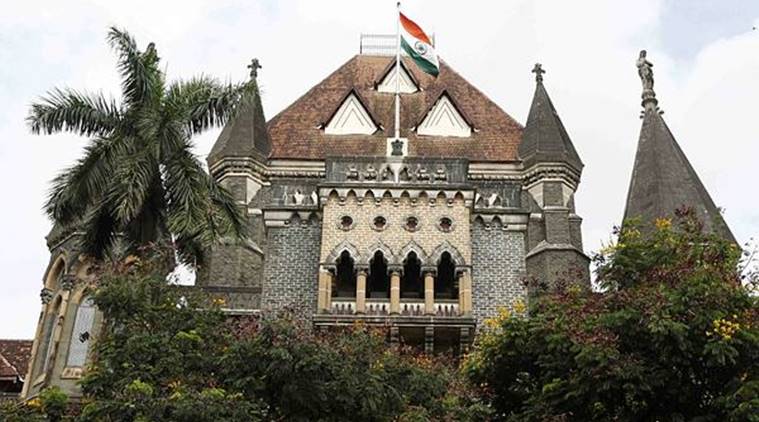Heavy rains and winds have been reported in eastern India and Bangladesh, with a super cyclone expected to make landfall in hours.

Heavy rains and wind have been reported from eastern India and Bangladesh
Both countries have evacuated millions of people in preparation for Cyclone Amphan, which is approaching from the Bay of Bengal.
India’s weather department tweeted that Amphan was on course to make landfall “between afternoon and evening”.
The coronavirus outbreak is making it harder for officials in both countries.
India and Bangladesh have asked for schools and other buildings to be turned into temporary shelters – but they need more than usual, in order to house people while maintaining social distancing.

Social distancing being enforced in a cyclone shelter in India
Police in India’s West Bengal state, which is expected to be badly affected by the storm, told the BBC that people were unwilling to go to the shelters because they were afraid of contracting Covid-19.
More than 20 relief teams have already been deployed, and several more are on standby, Indian officials say.
Amphan is one of the biggest storms in a decade, meteorologists warn. It is expected to hit the coast with winds gusting up to 185km/h (115mph) – the equivalent of a category five hurricane.
Officials in Bangladesh fear it will be the most powerful storm since Cyclone Sidr killed about 3,500 people in 2007. Most died as a result of sea water surging in.
While the storm’s current wind speed is likely to reduce slightly before it makes landfall, India’s weather department is predicting the surge of water caused could be as high as 10-16 feet (3-5 metres).
The cyclone comes as ten of thousands of migrant workers flee cities for their villages during India’s lockdown to curb the spread of coronavirus.
West Bengal and Orissa (Odisha) are among the Indian states that are seeing a larger number of them return.
Orissa has now cancelled trains that were due to arrive with thousands of migrants between 18 and 20 May.
And some district officials have barred entry and requested the state government to accommodate the migrants – many of whom are walking home – elsewhere until the storm passes.
Bangladesh’s disaster management minister told the BBC that they planned to evacuate about two million people – an operation they expected to continue into Wednesday morning.
Extra shelters have been prepared to allow for social distancing, while masks are also being distributed.
But state officials in India are struggling to find shelters for evacuees. In Orissa, for instance, 250 of the more than 800 existing shelters are being used as coronavirus quarantine centres.
Around 50,000 people have also been evacuated from areas near the Sunderban islands in India.
This would be the first super cyclonic storm in the Bay of Bengal since the 1999 super cyclone that killed more than 9,000 people.
The weather department said the storm is likely to move across the north-west Bay of Bengal and cross West Bengal and Bangladesh coasts from noon local time on 20 May.

